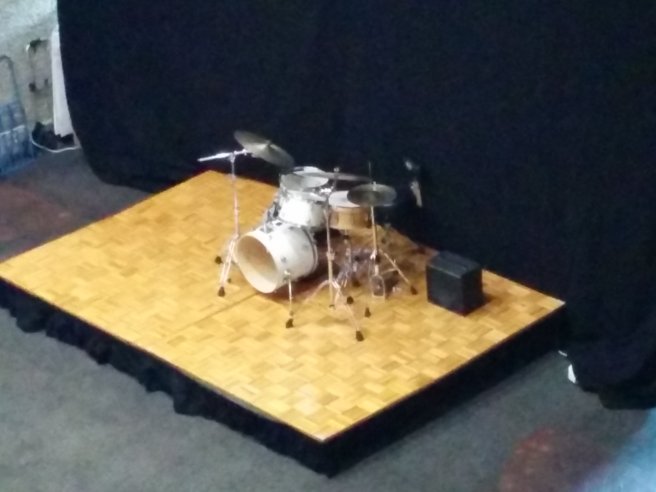
This post brings us to one of the more interesting libraries that I saw in London. The Barbican Library is located in London’s famed Barbican Centre, which is a center for performing arts. However, the library is not actually a part of the Barbican Centre, per se. It is just a tenant, really, paying rent the same as any tenant would to its landlord. It actually rents the space it occupies from the Barbican Centre, a place which is, shall we say, not always conducive to library activities. In fact, while we were there a graduation was letting out and jazz was being performed, all of which could most definitely be heard quite clearly in and around the library.

Witnessing such a setup really showed me what sorts of strange circumstances certain libraries must work to overcome. The Barbican Library is not a small library, either; in fact, it is the largest lending library in the city of London (behind Shoe Lane and Artizan Street). And yet, it has no meeting space, so semi-open areas must be used for group activities. The Barbican Library overcomes its lack of study space by encouraging its users to to access the library outside of business hours, which means using the library’s extensive online resources. Unlike some of the other libraries we visited in London, the Barbican’s entire collection is cataloged and classified using a modified version of Dewey. It is a truly modern library in this respect.
The Barbican Library also uses its location to great effect in reaching the community. For example, it puts on frequent exhibitions. These exhibitions are usually music-related (although not always) and are advertised via social media. One exhibition is put on per month and exhibitors must “audition” for the opportunity to show their exhibitions. The exhibitions create a vibrant atmosphere and are great for community outreach.
As one might expect, the Barbican Library has an extensive music collection. This, of course, includes the largest CD collection in London at about 16,000. Listening booths are available free of charge. Two digital pianos are also available to patrons, who can play them for up to an hour a day for free. Musical scores are a large part of the collection and range from pop to classical; a good bit of money must be spent on binding for sheet music. The library, being a library, also contains books (about 9,000). These range from academic to popular books.

Overall, the Barbican Library is an incredibly fascinating place. It has adapted incredibly well to the unique challenges it has faced and has embraced its identity as a premier space for the arts. It’s a great study in what kinds of challenges libraries can face and how they combat them.